assessments

Angola Protected Area Assessment
The U.S. Forest Service assessed the status of Angola’s protected areas network, including national parks and a range of environmentally sensitive areas. This document summarizes the institutional capacity for managing the network, and it recommends and prioritizes opportunities for future technical assistance and capacity building that could improve and strengthen biodiversity conservation in the country.
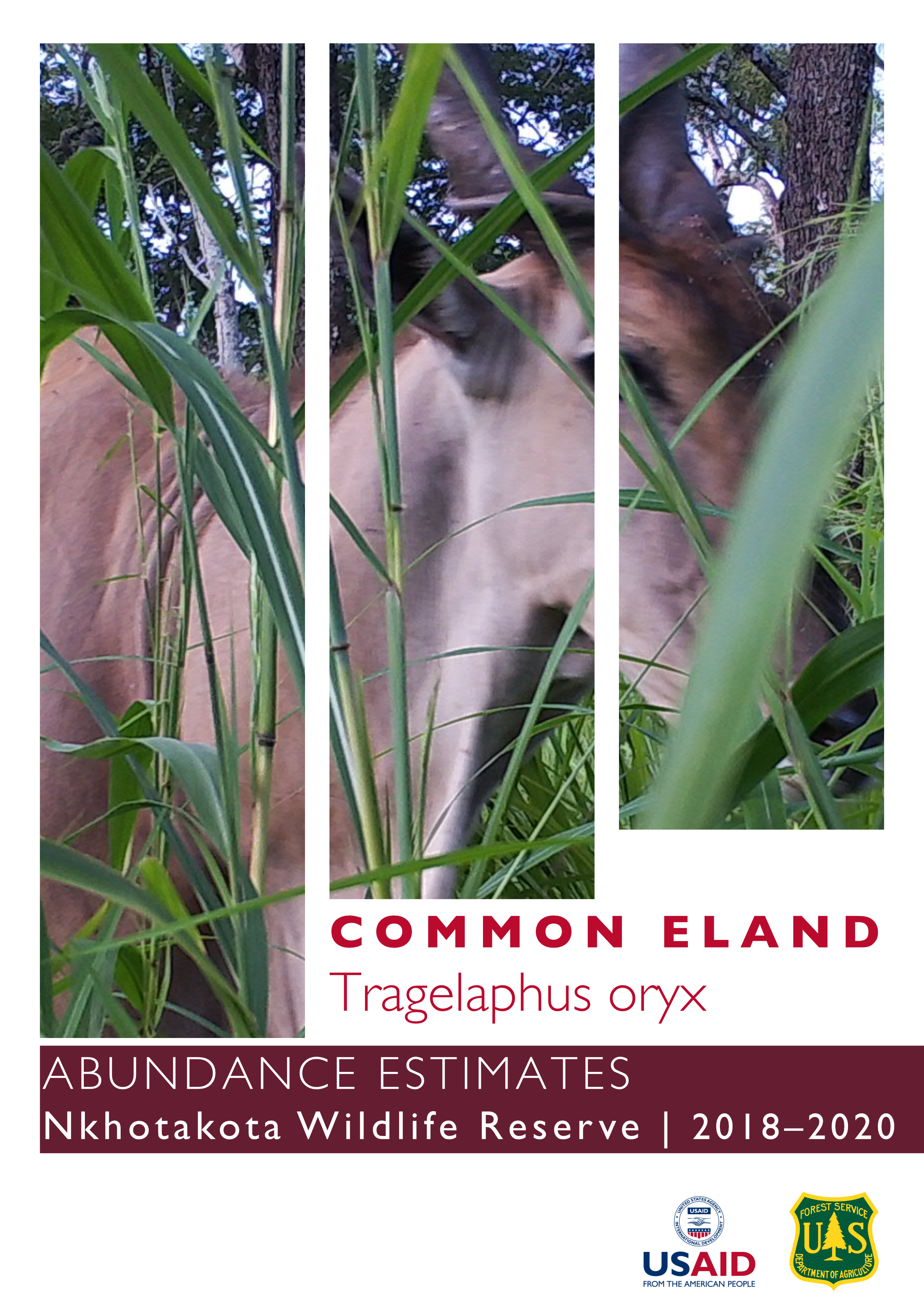
Eland Abundance Estimates
The U.S. Forest Service supported a camera-based wildlife monitoring program at Nkhotakota Wildlife Reserve. The effort generated site-specific empirical data to inform Eland management within the protected area.
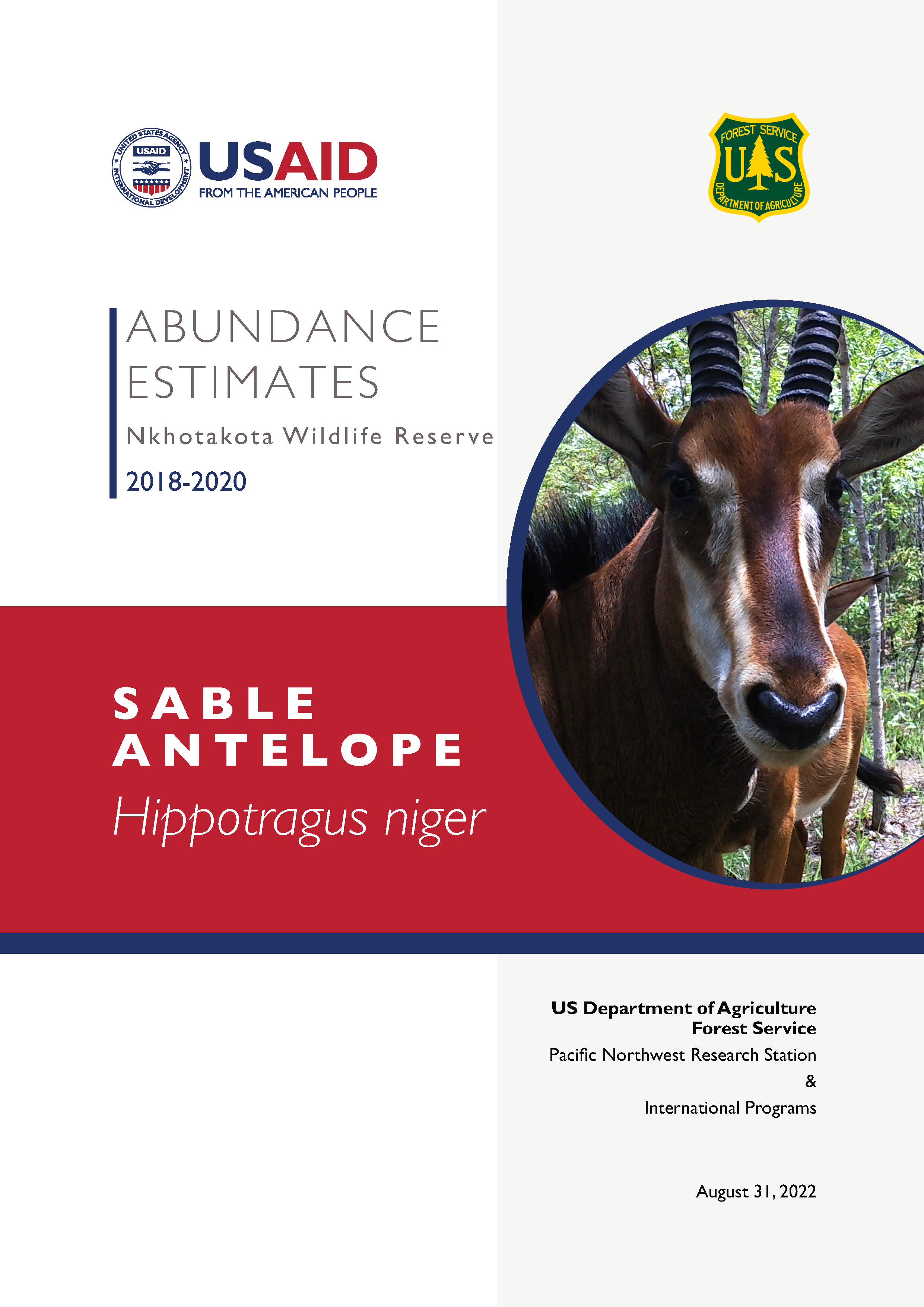
Sable Antelope Abundance Estimates
The U.S. Forest Service supported a camera-based wildlife monitoring program at Nkhotakota Wildlife Reserve. The effort generated site-specific empirical data to inform Sable antelope management within the protected area.

Buffalo Abundance Estimates
The U.S. Forest Service supported a camera-based wildlife monitoring program at Nkhotakota Wildlife Reserve. The effort generated site-specific empirical data to inform Buffalo management within the protected area.

Kudu Abundance Estimates
The U.S. Forest Service supported a camera-based wildlife monitoring program at Nkhotakota Wildlife Reserve. The effort generated site-specific empirical data to inform Kudu management within the protected area.
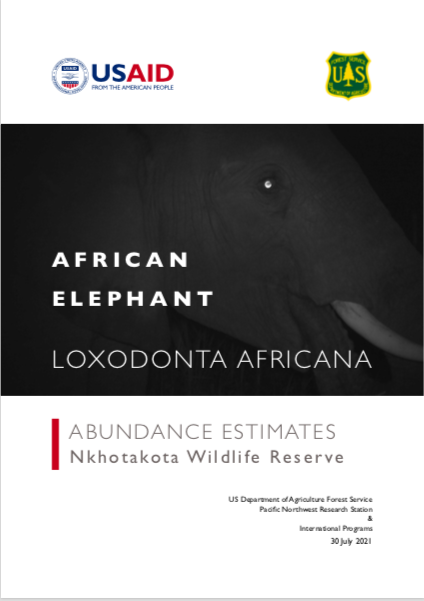
Elephant Abundance Estimates
The U.S. Forest Service supported a camera-based wildlife monitoring program at Nkhotakota Wildlife Reserve. The effort generated site-specific empirical data to inform elephant management within the protected area.
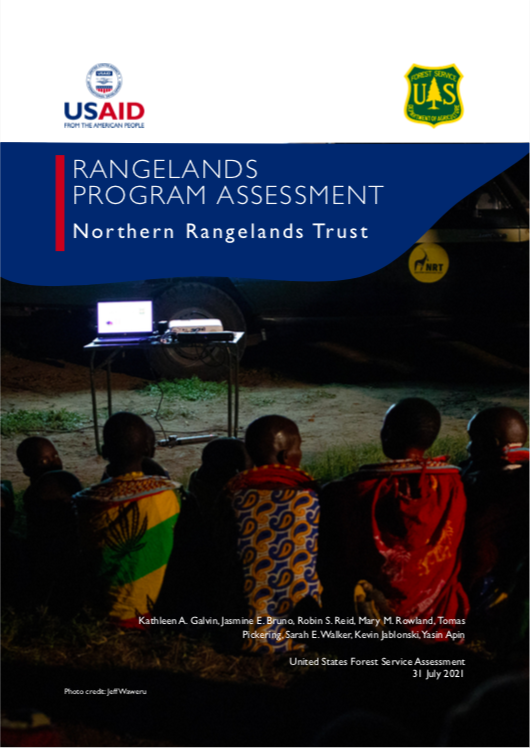
Rangelands Program Assessment, NRT
This report emerged from a collaboration between the U.S. Forest Service and the Northern Rangelands Trust (NRT) in Kenya. The NRT asked the USFS to conduct: 1) an intensive, independent assessment of the NRT Rangelands Program and 2) a regional review of rangeland programs in East Africa focusing on community- based rangeland management with an eye to creating a community of practice in this area. This report describes the findings of the first comprehensive external assessment of the NRT Rangelands Program.

Community-Based Rangeland Management Programs, East Africa
This report is a result of a collaboration between the U.S. Forest Service International Programs and the Northern Rangelands Trust (NRT) in Kenya. The NRT asked the USFS-IP to conduct: 1) an intensive, independent assessment of the NRT rangeland program, and 2) a regional assessment of rangeland programs in East Africa, with a focus on community-based rangeland management, and with the possibility of creating a community of practice on rangeland management.

Community-Based Rangeland Management in Ethiopia's Pastoral Areas
In partnership with Colorado State University, and with support from USAID, the U.S. Forest Service Africa and Middle East Program just completed a review of community-based rangeland management in Ethiopia’s pastoral areas. Read about trends, best practices, and recommendations for the future.

Every Drop Counts: A First Assessment of Restoration Impact on Soil Moisture and Water Balance in Jordan's Rangelands
In Jordan’s rangeland ecosystems, recurring droughts, unsuitable agriculture and overgrazing have led to vegetation and soil degradation. The resulting surface crusting negatively affects rainwater retention and infiltration, speeding up both surface runoff and soil erosion. The U.S. Forest Service is working with Jordanian partners to stop excessive water runoff and increase soil moisture, leading to groundwater recharge. Read about how they do it and the success they've had so far.

Tourism Assessment, Liberia
The U.S. Forest Service conducted an eco-tourism assessment of the Mount Nimba landscape, which includes parts of Guinea, Ivory Coast and Liberia. The Forest Service assessment focuses on the Liberia side of the Mount Nimba range, much of which used to be an open-pit iron ore mine that was then converted into protected areas – including the East Nimba Nature Reserve and surrounding community forests.
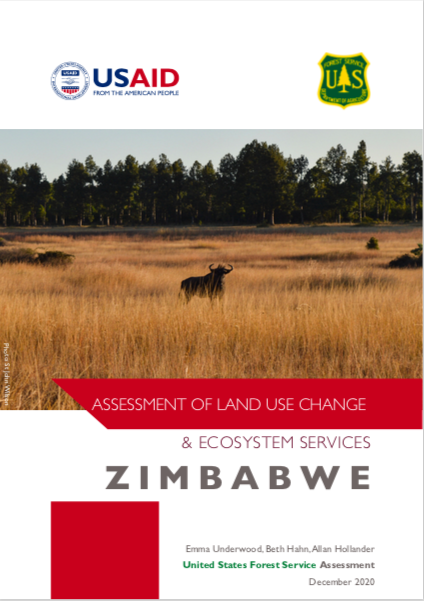
Assessment of Land Use and Ecosystem Services in Zimbabwe
The US Forest Service’s International Programs undertook the first national-scale snapshot of ecosystem services in Zimbabwe. The assessment provides a better understanding of the pressures facing Zimbabwe and examines how these pressures might affect the provision of critical ecosystem services from natural landscapes.
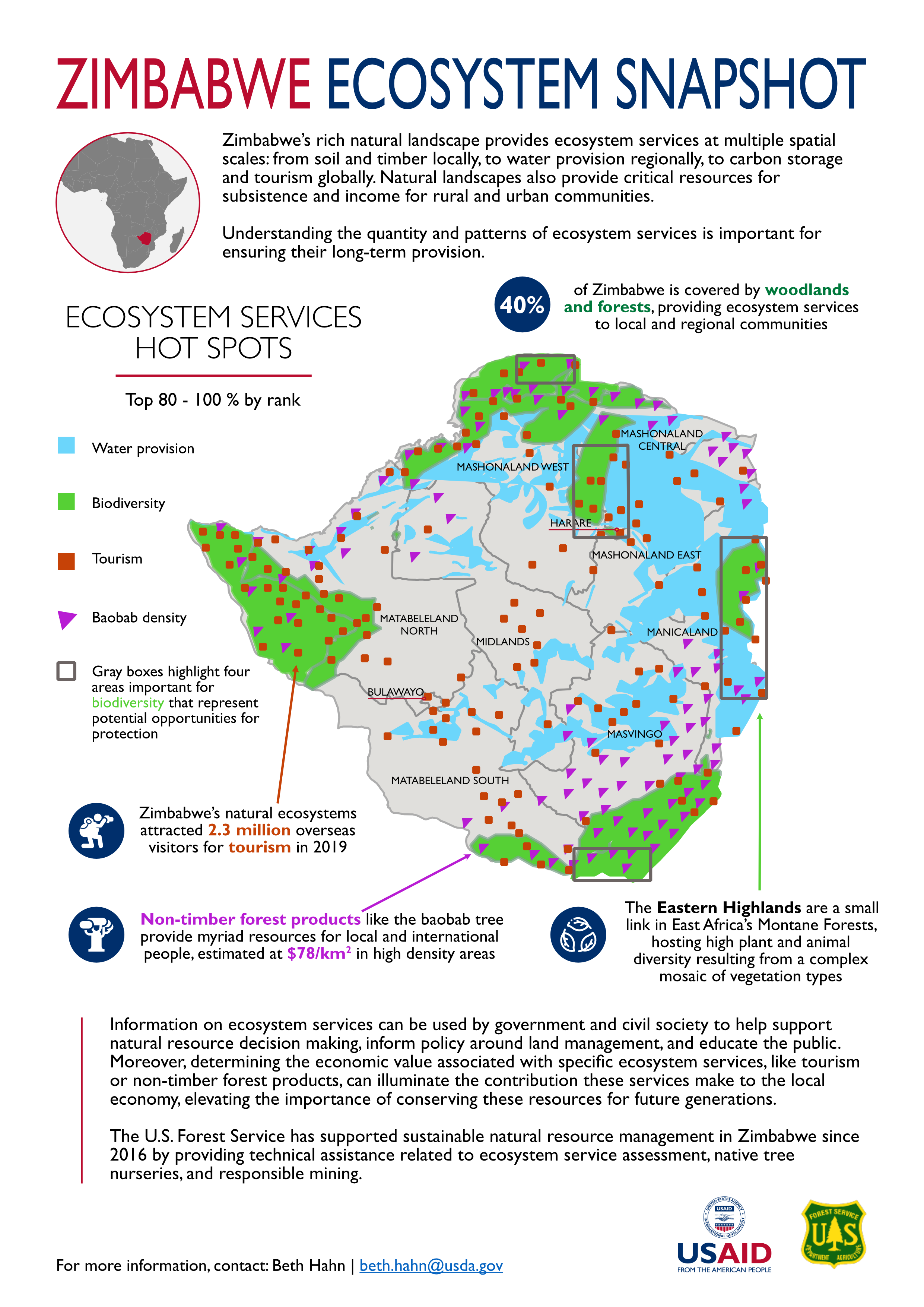
Zimbabwe Ecosystem Snapshot
Zimbabwe’s rich natural landscape provides ecosystem services at multiple spatial scales: from soil and timber locally, to water provision regionally, to carbon storage and tourism globally. Natural landscapes also provide critical resources for subsistence and income for rural and urban communities. Understanding the quantity and patterns of ecosystem services is important for ensuring their long-term provision.
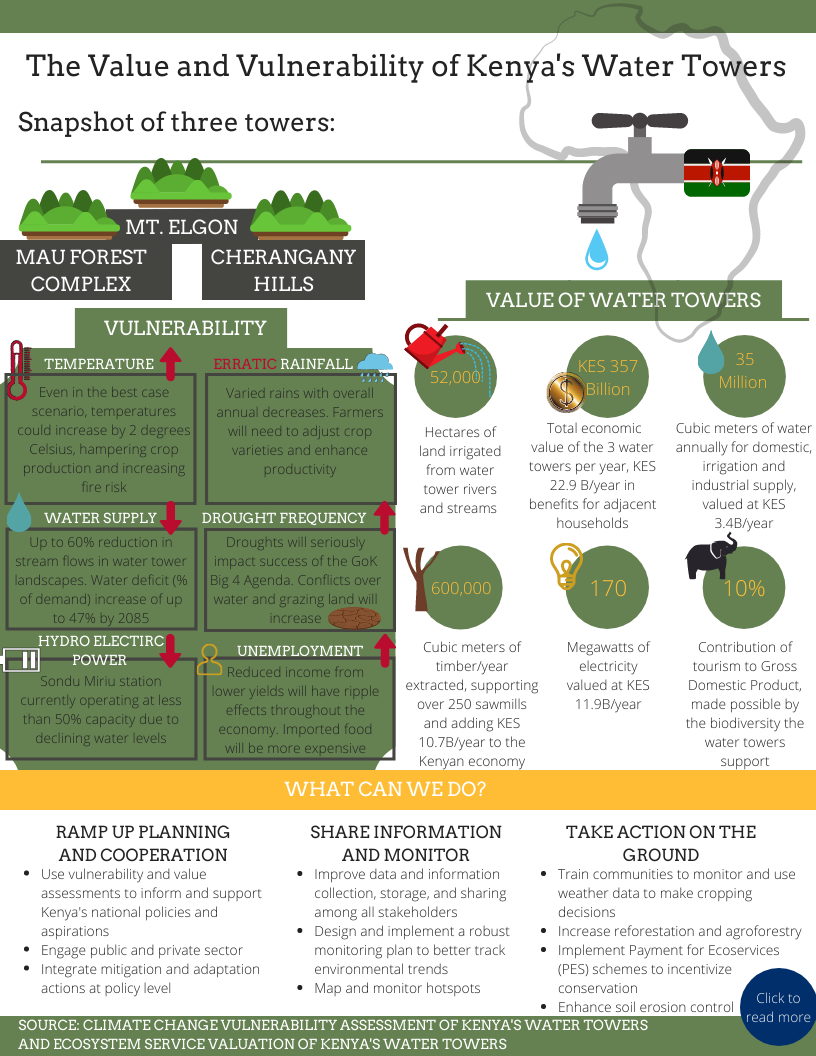
The Value and Vulnerability of Kenya's Water Towers
Snap shot of three towers: Mau Forest Complex, Mt. Elgon, Cherangany Hills
fact sheets and briefs

Feed the Future Activities
We support natural resource management activities in more than 90 countries. Much of our work complements the goals of the U.S. Government’s Global Hunger and Food Security Initiative and takes place in Feed the Future priority countries.

SWAMP in Africa
The USAID Sustainable Wetlands Adaptation and Mitigation Program (SWAMP) facilitates research to estimate greenhouse gas emissions and carbon stocks of tropical wetlands, builds local research capacity and informs national policy discussions. Implemented by the Center for International Forestry Research and the U.S. Forest Service International Programs, SWAMP supports development of climate change adaptation and mitigation strategies based on rigorous scientific information.

Ethiopia National Incident Management System
Everyone wants to be prepared when disaster strikes. We are working with Ethiopia's National Disaster Risk Management Commission to adopt a national incident management system (called NIMS) that improves the speed and effectiveness of their humanitarian response.

Our Activities in Egypt
Forest Service initiatives support the Egyptian government’s green aspirations through climate education and arts; urban agriculture and the creation of green spaces; and by supporting green networks and collaborations.

Our Climate Change Activities
The U.S. Forest Service International Programs promotes opportunities to reduce emissions and address climate change by slowing deforestation rates, curbing forest degradation, increasing carbon storage, and using forests as an alternative and sustainable energy source. Read about the activities our technical experts support across Africa and the Middle East.
guides
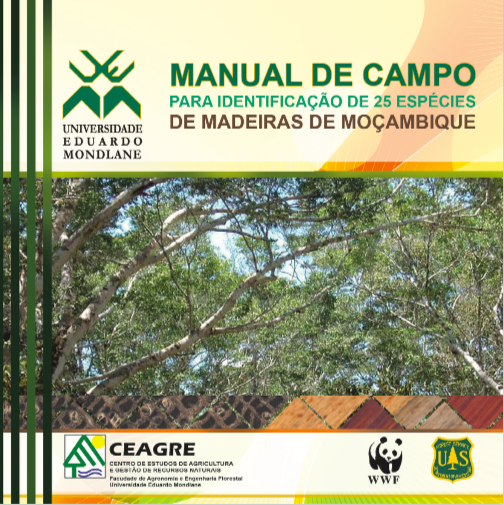
Wood Guide, Mozambique
To stop illegal logging and trade, forest officers need to be able to detect endangered and banned wood species. The USFS partnered with Mozambique university partners to create a Manual De Campo, wood identification guide.
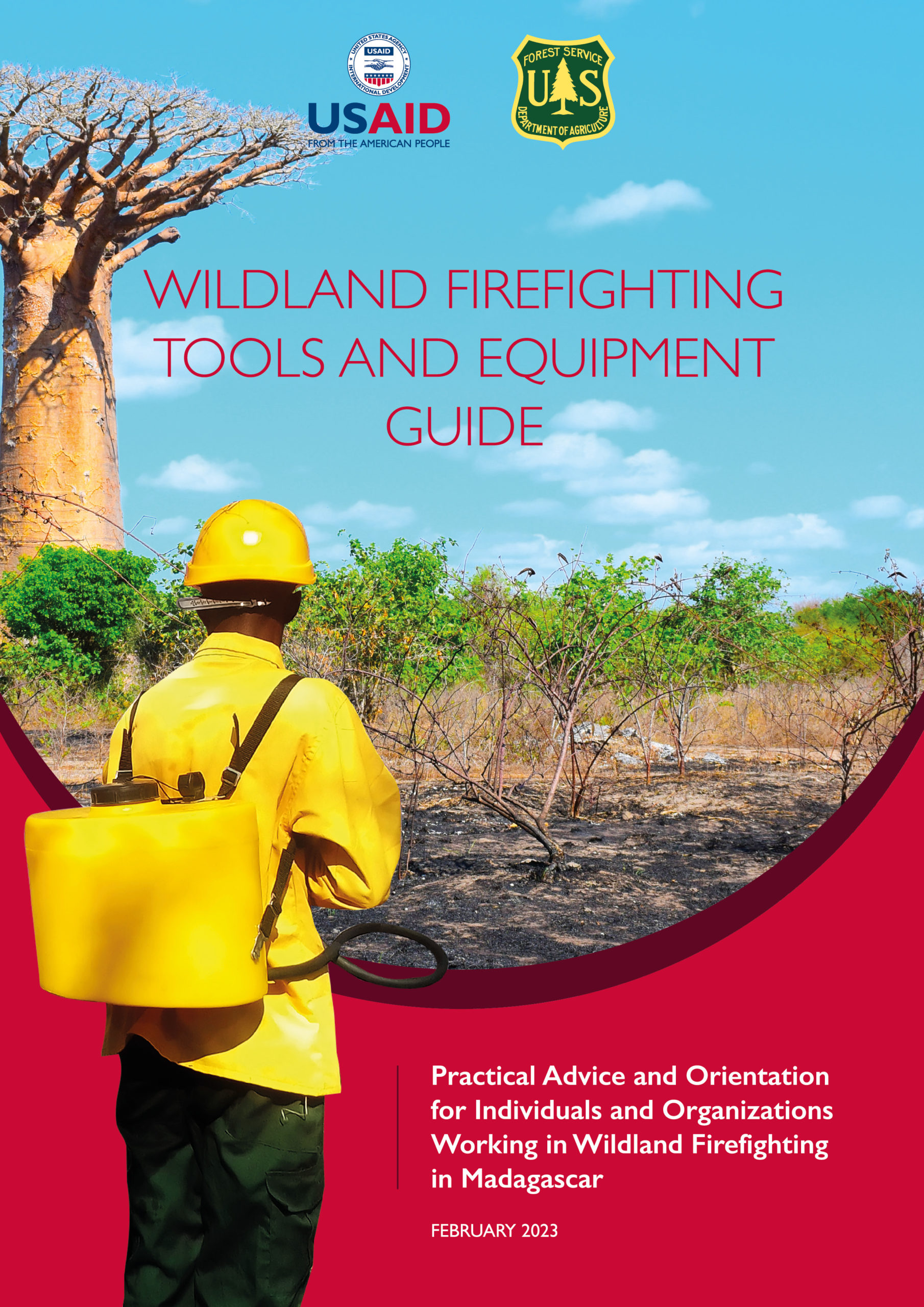
Wildland Firefighting Tools and Equipment Guide
The guide serves as a reference for the sourcing of basic wildland firefighting tools and supplies to support a safe and efficient response to forest and other wildland fires. This guide is informed by US Forest Service experience in training and providing guidance to partners and communities in Madagascar.
